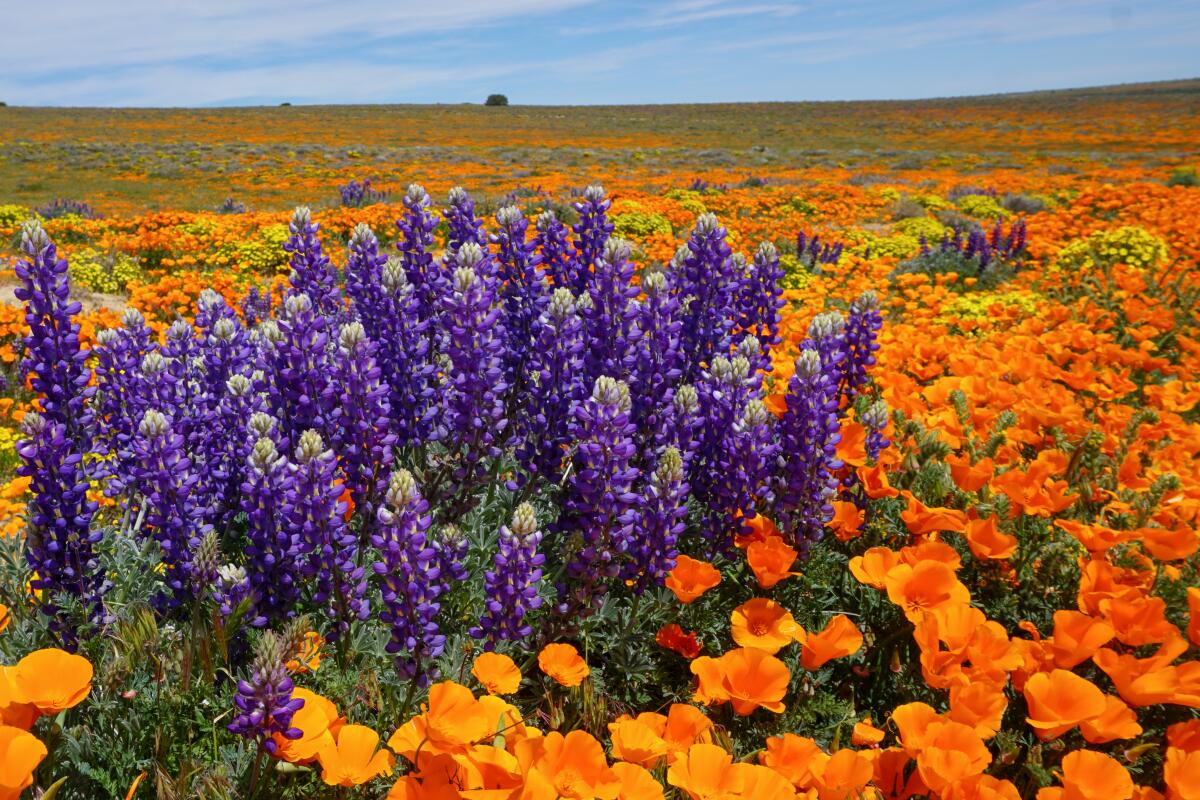
The seeds of wildflowers can transform an empty patch or piece of land into a lively and flourishing ecosystem. Wildflowers not only add aesthetics to your garden, they also help local wildlife, such as butterflies and bees. For those who are new to gardening, knowing how to select and plant wildflower seeds is crucial to making a wildflower meadow that is successful. This guide will guide you on your enjoyable gardening adventure. The first step is to select the appropriate wildflower seeds for the area you live in. It is essential to select plants that originate from the region in which you live because these plants are adapted to the local climate, soil and even wildlife. Find native wildflower seeds from trusted suppliers, since they are more likely to flourish within your yard. Start with a wild mix that is solely focused on a select few species, or go for full seed mixes that offer an extensive range of forms and colors. Every mix will have various flowering times that will ensure that your garden flowers throughout the year. After you've selected your seeds, you need to prepare the planter site. The wildflowers like sunny spots So, choose a location with at least six hours of sunshine per day. Check out the following site, if you are seeking for more details on buy wildflower seeds.
Clean the soil of grass, weeds, or other debris. If the soil is suffocated think about loosening it using a tiller or rake. Wildflowers thrive in poor soil conditions, however some preparation can increase the rate of germination. Make sure that the soil is free of pesticides and chemical fertilizers, because they can inhibit the growth of seedlings of wildflowers. If you are ready to sow, you can mix the seeds of wildflower meadow with sand in order to distribute equally across the planting area. This method prevents overcrowding and makes sure that each seed has sufficient space to develop. Sprinkle the mixture evenly over the soil that has been prepared, and then gently rake the soil to over the seeds with the soil in a thin layer. It is important not to plant the seeds too deeply, since most wildflower seeds require light to grow. Placing them gently into the soil may help in seed-to-soil contact. The importance of watering is in the seedlings to germinate. After sown it, water gently to make the soil moister without making Puddles. It is essential to keep the soil moist until seeds begin to germinate. This can be anywhere from a couple of days to a few weeks, dependent on the species. When the seedlings begin to emerge it is possible to gradually decrease the frequency of watering, since wildflowers tend to be drought-resistant once they are established.
If you're using flower mix seeds, make sure you adhere to the specific instructions for care for each kind, since certain varieties may require more water than others. The importance of patience is when it comes to growing wildflowers. Although it's tempting to remove seeds and plant them again if they don't grow immediately It's crucial to give enough time to allow the plant to develop. Once established, wildflowers typically grow and self-seed, leading to beautiful displays every year. Refraining from using pesticides or herbicides can encourage good insects as well as pollinators to visit your garden, increasing the health of your garden and its biodiversity. Also, think about taking care of the maintenance of your meadow with wildflowers. Removing weeds regularly can help to avoid competition for nutrients and water. It is also beneficial to allow certain wildflowers to go to seeds, since this will encourage new growth and keep the meadow's vitality. Removing the flowers in the fall can aid in managing growth and preparing the meadow for the next growing season. In the end the seeding of wildflowers is a rewarding activity that enhances your garden while helping local ecosystems. When you choose the best seeds, planning the planting area, and taking care for your meadow of wildflowers, you can make a vibrant landscape that thrives with little effort. If you select the best wildflower seeds for beginners or go for a diverse flower mix Your efforts will result in a stunning natural environment that will bring joy for both you and the natural environment.

